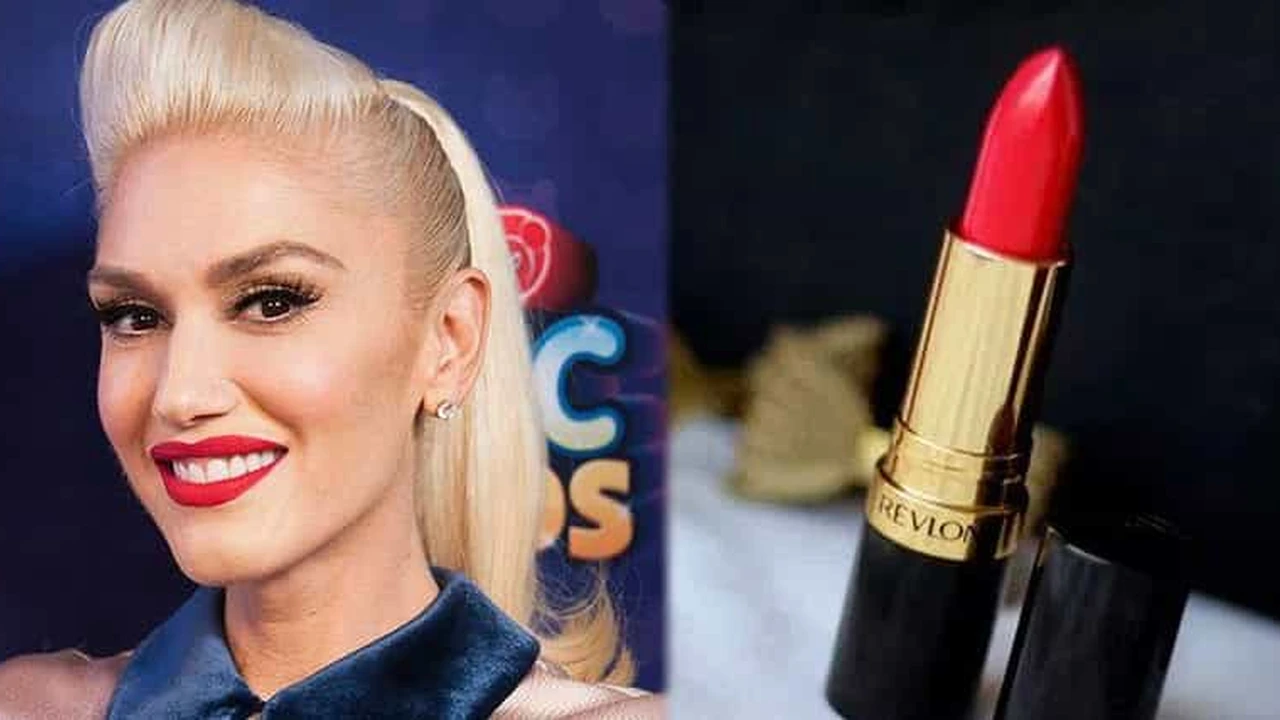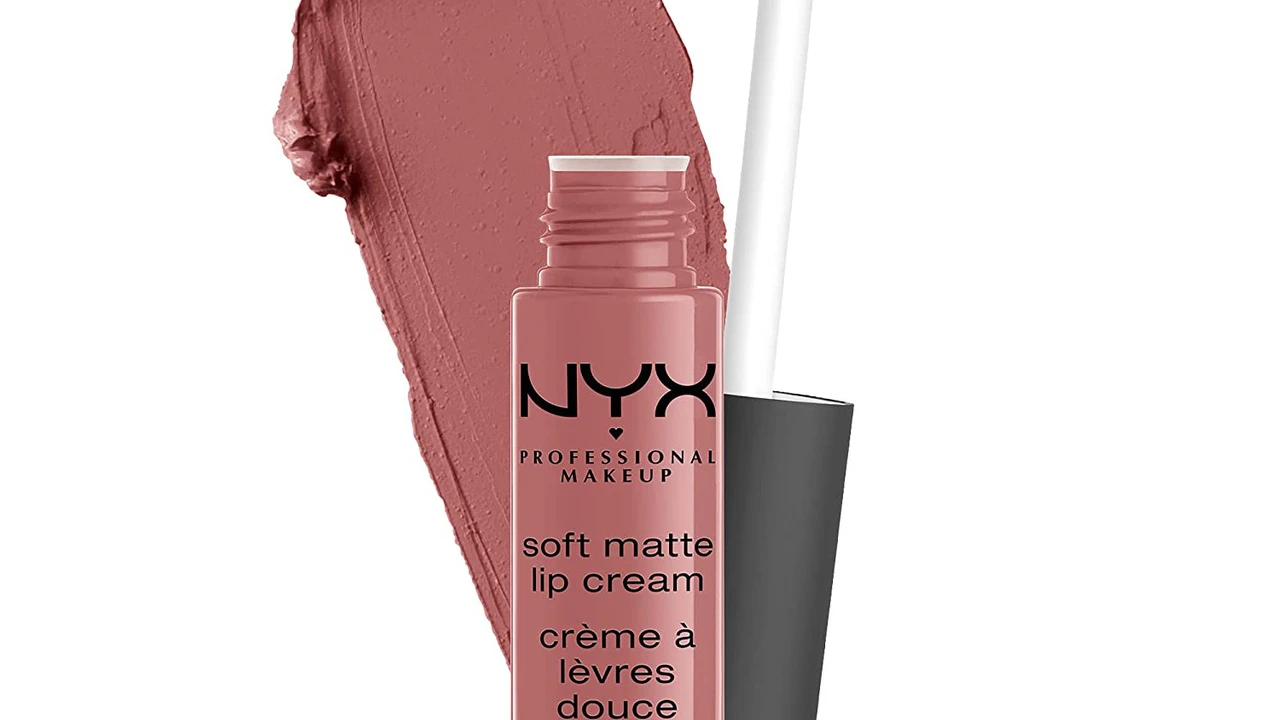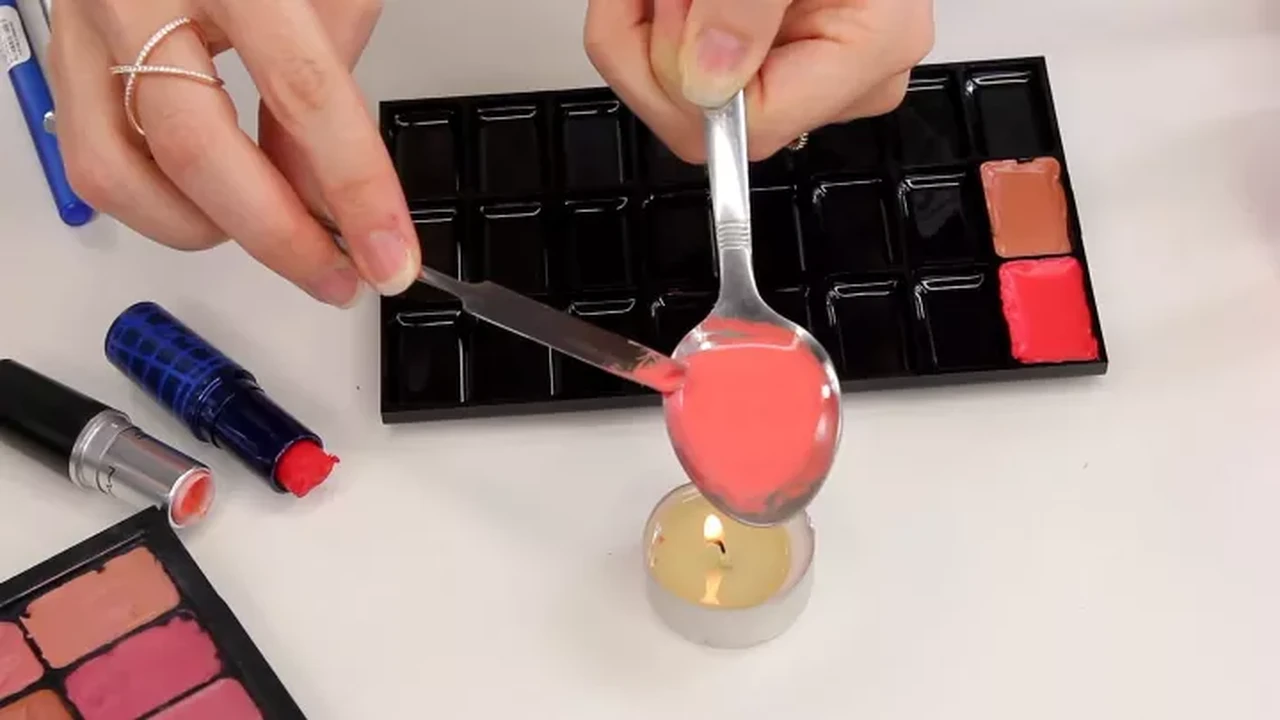Lipstick and the Environment: How to Make Sustainable Choices
Sample meta description.

Understanding the Impact of Lipstick on the Environment
Hey there, lipstick lovers! Ever stopped to think about what happens to your favorite tube of color after you've used it up? It's easy to forget, but lipstick, like many beauty products, can have a significant impact on our planet. From the ingredients to the packaging, there's a lot to consider when it comes to making sustainable choices.
Let's break it down. Traditional lipsticks often contain ingredients like microplastics, which can pollute waterways and harm marine life. The packaging, usually made of plastic or metal, often ends up in landfills. And the manufacturing process can contribute to carbon emissions. So, what can we do?
Eco-Friendly Lipstick Ingredients to Look For Lipstick Ingredient Guide
One of the best ways to reduce your environmental impact is to choose lipsticks with eco-friendly ingredients. Look for products that are:
- Cruelty-free: This means the product hasn't been tested on animals. Look for certifications like Leaping Bunny or PETA.
- Vegan: Vegan lipsticks don't contain any animal-derived ingredients like beeswax or carmine.
- Organic: Organic ingredients are grown without the use of harmful pesticides and herbicides.
- Natural: Natural ingredients are derived from plants and minerals.
- Sustainable: This can be a broader term, but it generally means that the ingredients are sourced responsibly and with minimal environmental impact.
Some specific ingredients to look for include plant-based oils (like jojoba, coconut, or shea butter), natural waxes (like candelilla wax), and mineral pigments. Avoid ingredients like parabens, phthalates, and synthetic fragrances, which can be harmful to both your health and the environment. Also, be wary of "greenwashing" - brands that make vague claims about being eco-friendly without providing specific details.
Sustainable Lipstick Packaging Options Recyclable Lipstick Packaging
The packaging is another crucial aspect of sustainable lipstick. Traditional lipstick tubes are often made of plastic that's difficult to recycle. Look for options that are:
- Recyclable: Some brands use recyclable plastic or metal packaging. Check the product label for recycling symbols.
- Refillable: Refillable lipsticks allow you to purchase a new lipstick bullet without buying a whole new tube. This significantly reduces waste.
- Biodegradable: Biodegradable packaging breaks down naturally over time. This is a great option, but make sure it's properly composted.
- Minimalist: Some brands opt for minimal packaging to reduce waste.
- Made from recycled materials: Packaging made from recycled materials is a great way to reduce the demand for new resources.
Consider supporting brands that offer take-back programs where you can send back empty lipstick tubes for recycling or proper disposal. Also, explore brands that use innovative materials like bamboo or compostable paper for their packaging.
Choosing Cruelty-Free and Vegan Lipsticks Ethical Lipstick Brands
Cruelty-free and vegan lipsticks are becoming increasingly popular. Choosing these options means you're supporting brands that don't test on animals and don't use animal-derived ingredients. Look for certifications like Leaping Bunny, PETA, or Certified Vegan. A quick Google search for "cruelty-free lipstick brands" or "vegan lipstick brands" will yield plenty of options.
Many mainstream brands are now offering cruelty-free and vegan options, making it easier than ever to find a lipstick that aligns with your values. Read ingredient lists carefully and look for certifications to ensure that the product meets your standards.
Recommended Sustainable Lipstick Products and Reviews Lipstick Recommendations
Okay, let's get to the good stuff – specific product recommendations! Here are a few sustainable lipstick brands and products that I love:
- Axiology Beauty: Known for their highly pigmented, vegan, and cruelty-free lipsticks. Their packaging is also plastic-free. Product Recommendation: Axiology Lipstick in "The Goodness." Price: Around $30. Use Case: Everyday wear, special occasions. Comparison: More expensive than drugstore options, but the quality and sustainability are worth the investment.
- Elate Cosmetics: Offers refillable lipsticks with a focus on sustainability and ethical sourcing. Product Recommendation: Elate Better Balm Lipstick. Price: Around $28 (refill: $22). Use Case: Hydrating everyday wear, natural look. Comparison: Refill system reduces waste, but color selection might be limited compared to other brands.
- ILIA Beauty: Combines clean ingredients with high performance. Their lipsticks are cruelty-free and gluten-free. Product Recommendation: ILIA Color Block High Impact Lipstick. Price: Around $28. Use Case: Bold color payoff, special events. Comparison: More expensive than drugstore brands, but offers a wider range of shades and finishes.
- Zao Organic Makeup: Offers certified organic and vegan lipsticks in refillable bamboo packaging. Product Recommendation: Zao Organic Lipstick. Price: Around $25 (refill: $18). Use Case: Everyday wear, natural and organic makeup look. Comparison: Excellent for sensitive skin, but color payoff might be less intense than conventional lipsticks.
- RMS Beauty: Known for their minimalist approach to beauty and their use of raw, food-grade ingredients. Product Recommendation: RMS Beauty Wild With Desire Lipstick. Price: Around $28. Use Case: Hydrating and moisturizing, natural-looking color. Comparison: More expensive, but the focus on clean ingredients is a major selling point.
Lipstick Application Tips for Sustainability and Long-Lasting Wear Lipstick Application Guide
Even the way you apply your lipstick can contribute to sustainability! Here are a few tips:
- Use a lip brush: A lip brush allows you to use up every last bit of lipstick in the tube, minimizing waste.
- Apply thin layers: Applying thin layers of lipstick will help it last longer, reducing the need for frequent reapplication.
- Blot your lips: Blotting your lips after applying lipstick will remove excess product and prevent smudging.
- Exfoliate your lips: Exfoliating your lips regularly will create a smooth surface for lipstick application and prevent cracking.
- Store your lipstick properly: Store your lipstick in a cool, dry place to prevent it from melting or drying out.
Properly Disposing of Lipstick and Packaging Lipstick Recycling
What do you do with your empty lipstick tubes? Don't just toss them in the trash! Here are a few options:
- Recycle: Check if your local recycling program accepts lipstick packaging. Look for recycling symbols on the product label.
- TerraCycle: TerraCycle offers specialized recycling programs for hard-to-recycle items, including beauty product packaging.
- Take-back programs: Some brands offer take-back programs where you can send back empty lipstick tubes for recycling or proper disposal.
- Upcycle: Get creative and upcycle your empty lipstick tubes! You can use them to store small items or turn them into DIY projects.
The Future of Sustainable Lipstick Innovation in Lipstick
The good news is that the beauty industry is becoming increasingly aware of the environmental impact of lipstick. We're seeing more and more brands embrace sustainable practices, from using eco-friendly ingredients to creating innovative packaging. The future of sustainable lipstick looks bright!
Keep an eye out for new innovations like biodegradable lipstick bullets, plantable packaging, and even lab-grown ingredients. As consumers, we have the power to demand more sustainable options and support brands that are committed to protecting our planet. So, go ahead and rock that lipstick with confidence, knowing that you're making a difference!
DIY Natural Lipstick Recipes Home Made Lipstick
Want to take your sustainability efforts to the next level? Try making your own natural lipstick! There are tons of DIY recipes online that use simple, natural ingredients like beeswax, coconut oil, shea butter, and natural pigments. This is a great way to control what goes into your lipstick and reduce your environmental impact. Plus, it's a fun and creative project!
Just be sure to do your research and use high-quality ingredients. And always test a small amount of the lipstick on your skin before applying it to your lips to check for any allergic reactions.
The Role of Consumers in Promoting Sustainable Lipstick
Ultimately, the responsibility for creating a more sustainable lipstick industry lies with both brands and consumers. As consumers, we have the power to demand more sustainable options, support brands that are committed to protecting the environment, and make informed choices about the products we buy. By choosing sustainable lipsticks, recycling packaging, and spreading the word, we can all play a role in creating a more beautiful and sustainable future.
:max_bytes(150000):strip_icc()/277019-baked-pork-chops-with-cream-of-mushroom-soup-DDMFS-beauty-4x3-BG-7505-5762b731cf30447d9cbbbbbf387beafa.jpg)






